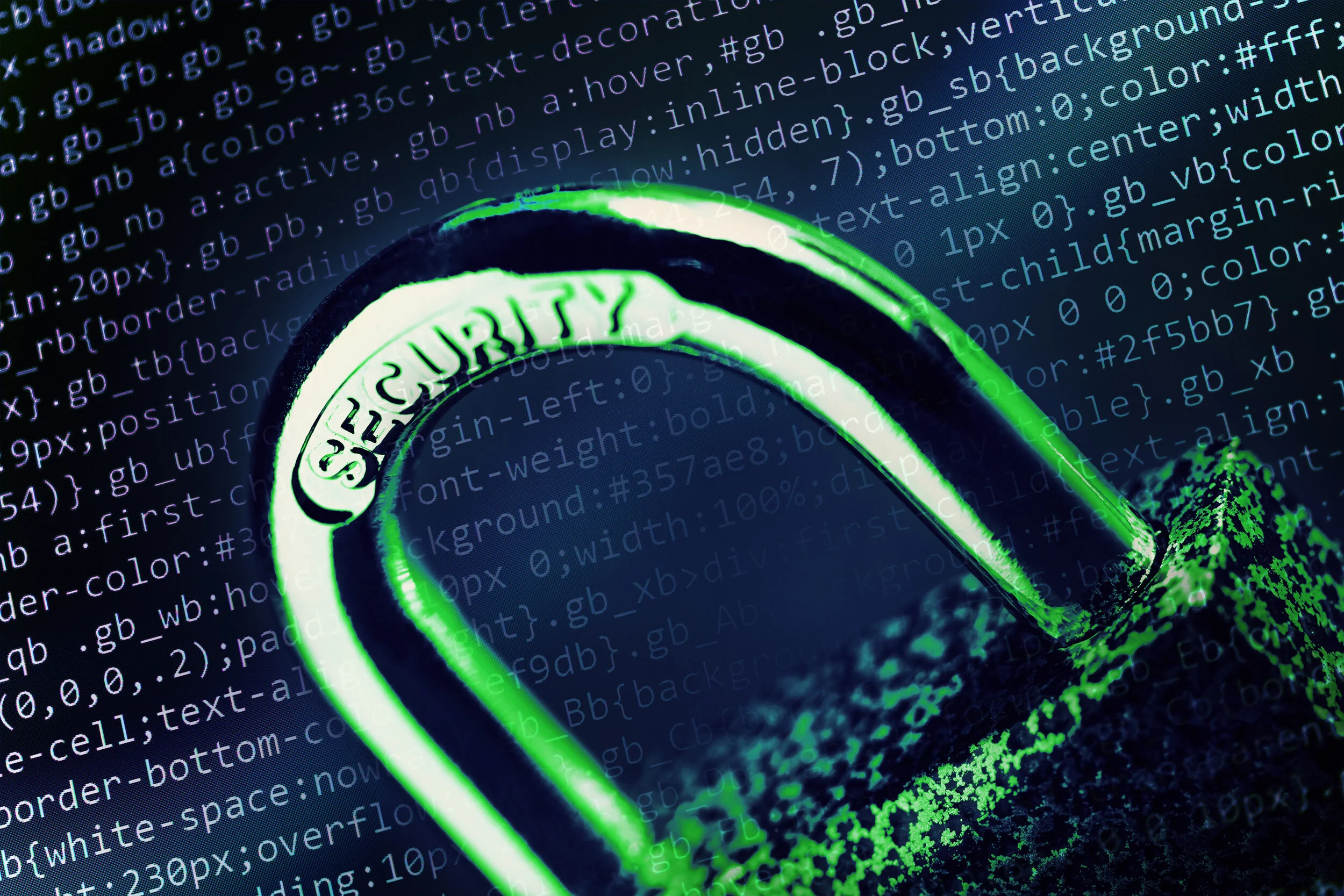There is no silver bullet to security, and even more importantly, there is no single source of truth for what security options are available, what they do, and what impacts they have, or even how they all work together.
In this post, we will enumerate the many security mechanisms that can be operationally deployed in an embedded system running Linux in order to secure that system from common software attacks. While the traditional approach to security relies on the CIA triad of confidentiality, integrity, and availability, the majority of this post is primarily focused on the principles and enforcement of integrity.
Read More









